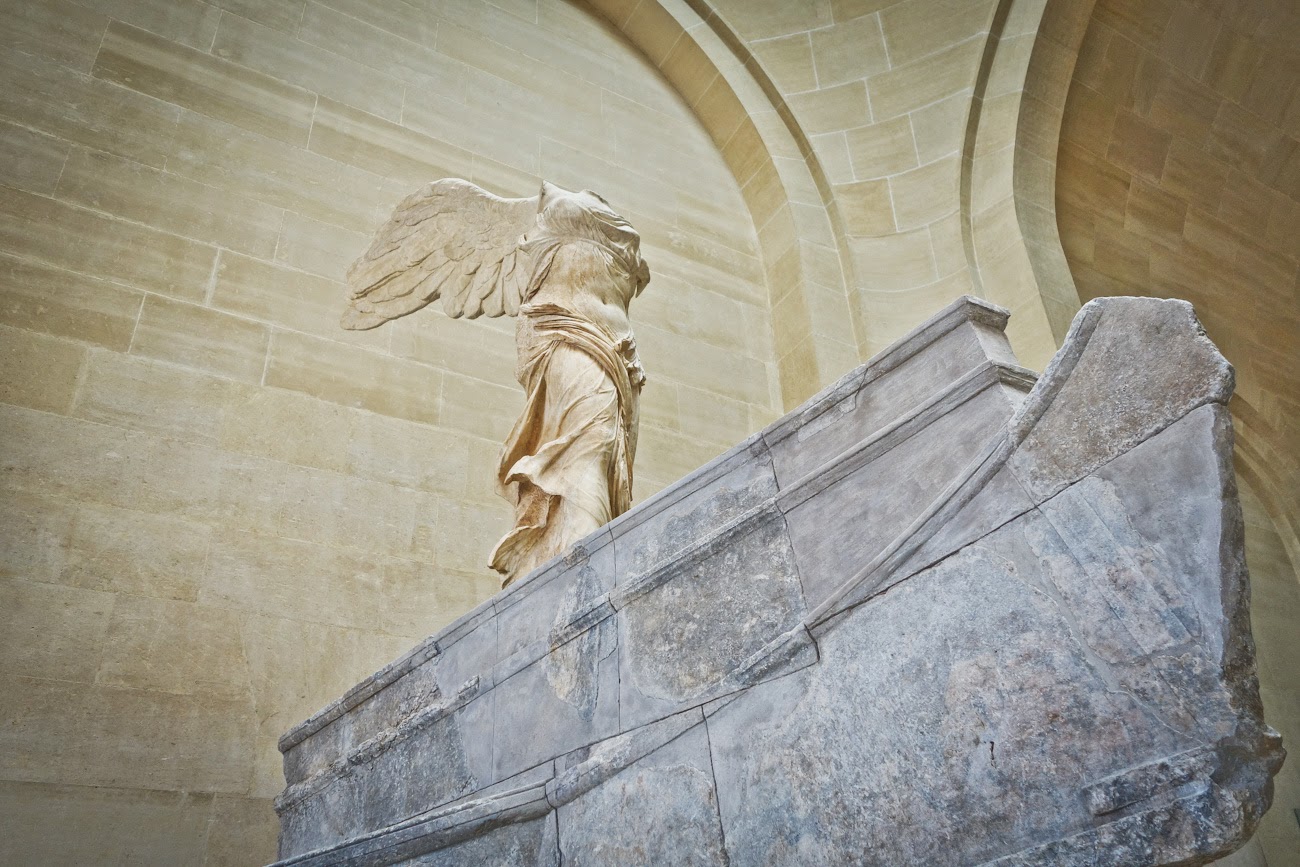The Louvre in Paris invites its visitors to rediscover the Winged Victory of Samothrace, opening an exhibition on Thursday that will run until June 2015.
This emblematic statue, amongst the most renowned exhibits at the iconic Louvre, is again on display after a year of restoration.
The exhibition traces the history of the masterpiece and its origins, linked to the excavations on Samothrace island, in the northeast Aegean.
Winged Victory of Samothrace
The winged goddess of Victory (Nike, in Greek) standing on the prow of a ship overlooked the Sanctuary of the Great Gods on Samothrace. This monument was probably an ex-voto offered by the people of Rhodes in commemoration of a naval victory in the early second century BC. The theatrical stance, vigorous movement, and billowing drapery of this Hellenistic-era sculpture are combined with references to the Classical period — prefiguring the baroque aestheticism of the Pergamene sculptors.
This exceptional monument was unearthed in 1863 on verdant Samothrace. It was discovered by Charles Champoiseau, French Vice-Consul to Adrianople (modern-day Edirne, in Turkey). The goddess of Victory is shown in the form of a winged woman standing on the prow of a ship, braced against the strong wind blowing through her garments. With her right hand cupped around her mouth, she announced the event she was dedicated to commemorate.
(Source: Louvre museum official site)
Ask me anything
Explore related questions






